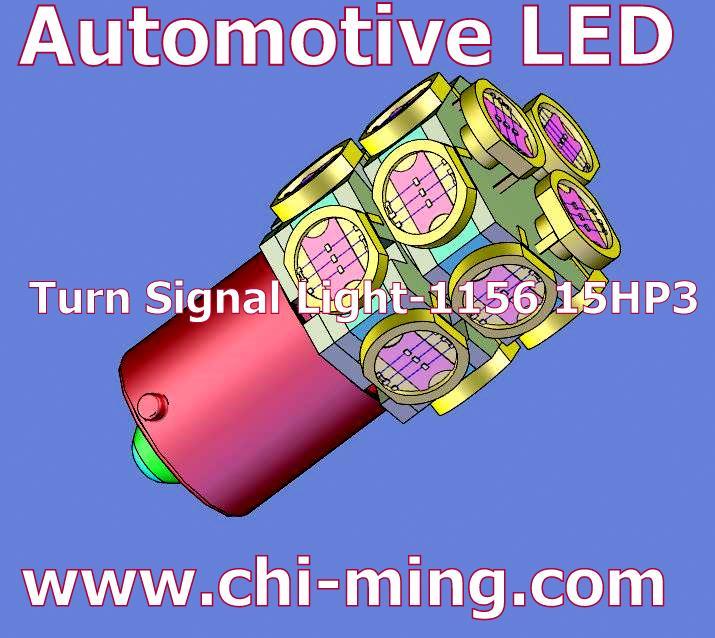
|
|
|
|
|
|
JINLING Chen

|
KIM Chen
 |
|
|
Subject: Automotive LED-1156 15HP3
|
|
2009-12-17 |

|
|
Thermal
radiation, heat conduction and heat management and use of bright LED's
users (especially the automotive industry), the key issues facing the
one with the biggest challenges is the LED self-heating problem. LED
lumens per watt has made significant improvements, but the fact is that
the majority of LED power were converted to heat conduction. LED has
the advantages of low radiant heat, suitable for car lighting. On the
contrary, in cold weather, the headlights of the radiant heat is
effective in melting snow on the lens. Therefore, the thermal
management is the key to effective control of LED. Thermal control
mainly refers to the temperature increase, reduce current. The use of
bright LED advantage is that current changes is larger, the eye can not
detect the brightness changes. In general, the current decreased by
25%, the single LED's brightness change is not obvious. However, LED
will change with temperature and current to change the color
characteristics, this will affect the automotive lighting applications
is still unclear. The applicability of the spectrum LED lighting,
night-vision effect in general will affect the driver under the sense
of distance, these problems may be even more important. Using PWM
method to reduce the brightness ratio, rather than the direct current
control, receive a greater brightness and color temperature does not
change the ratio, it is a better method of PWM dimming. |
|
|



